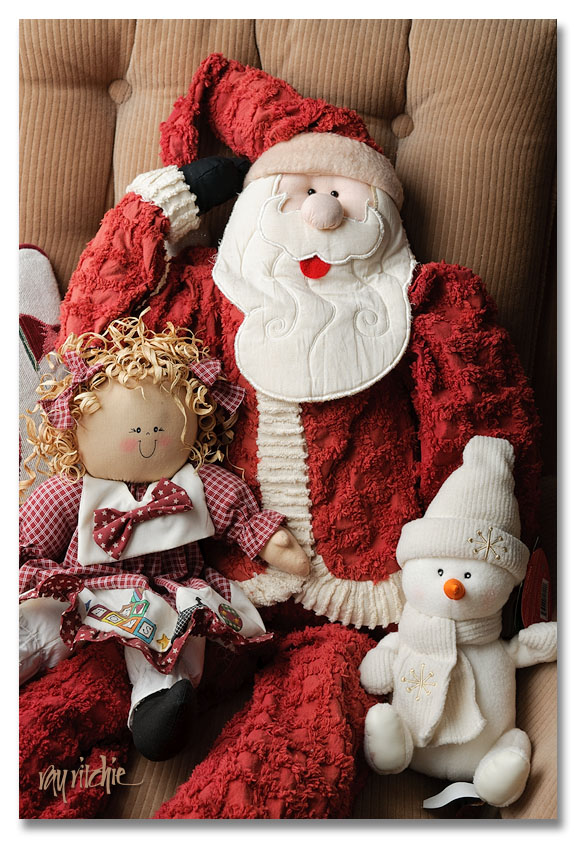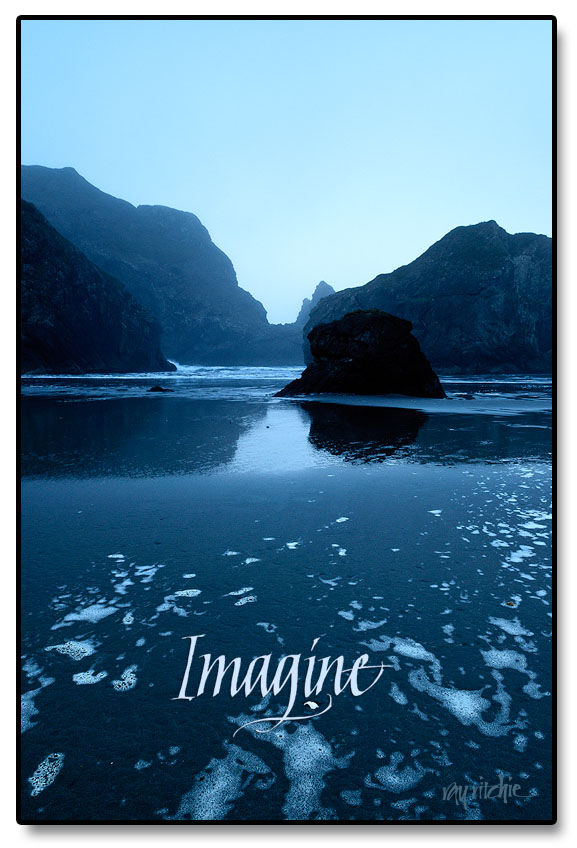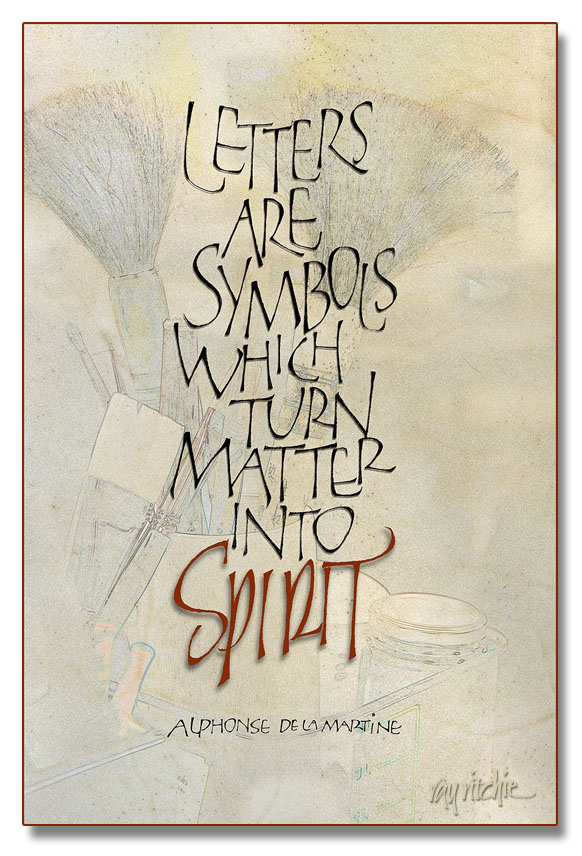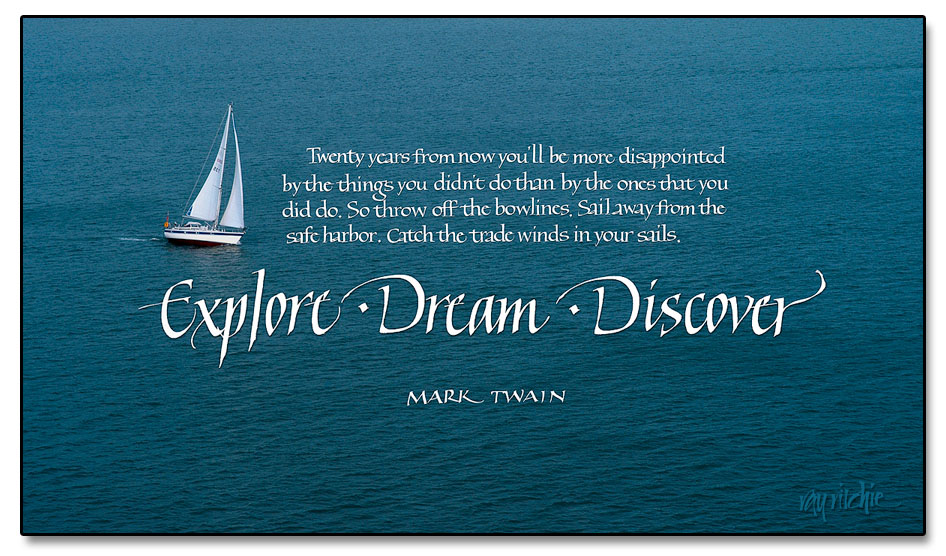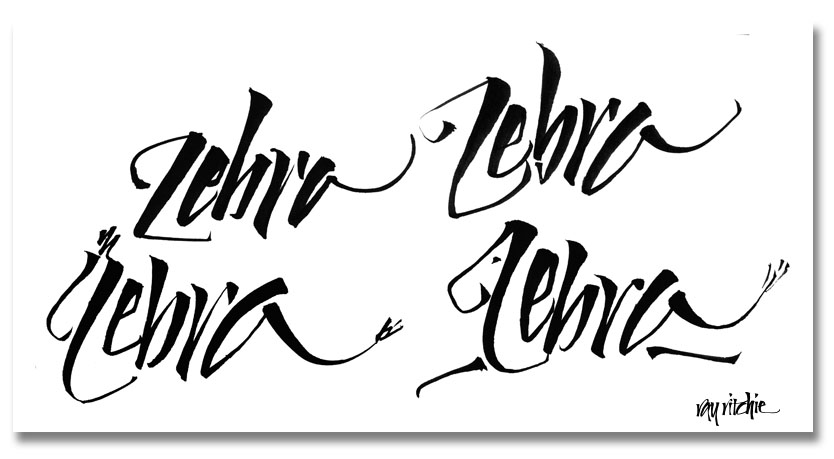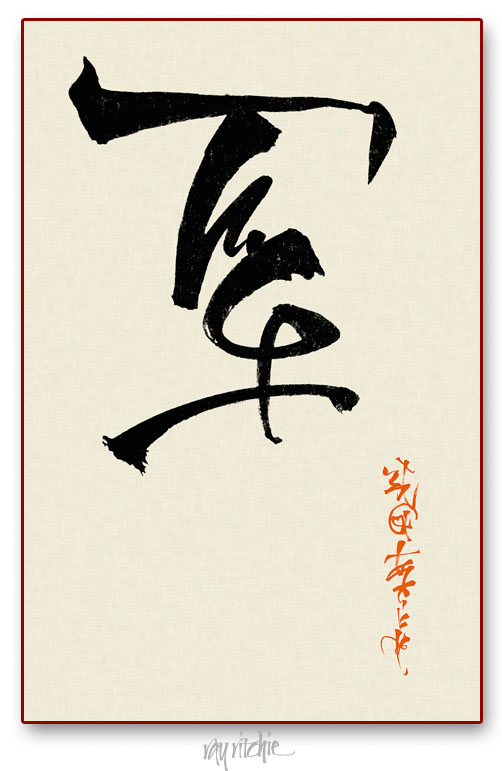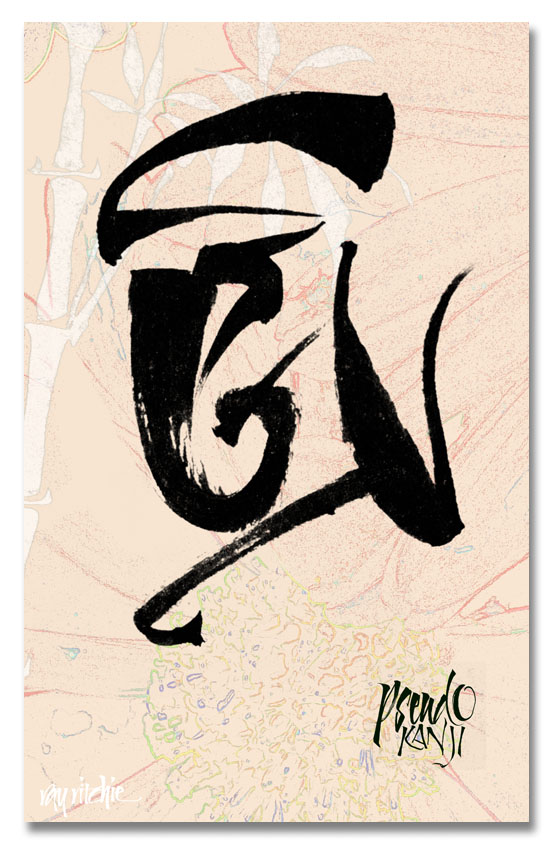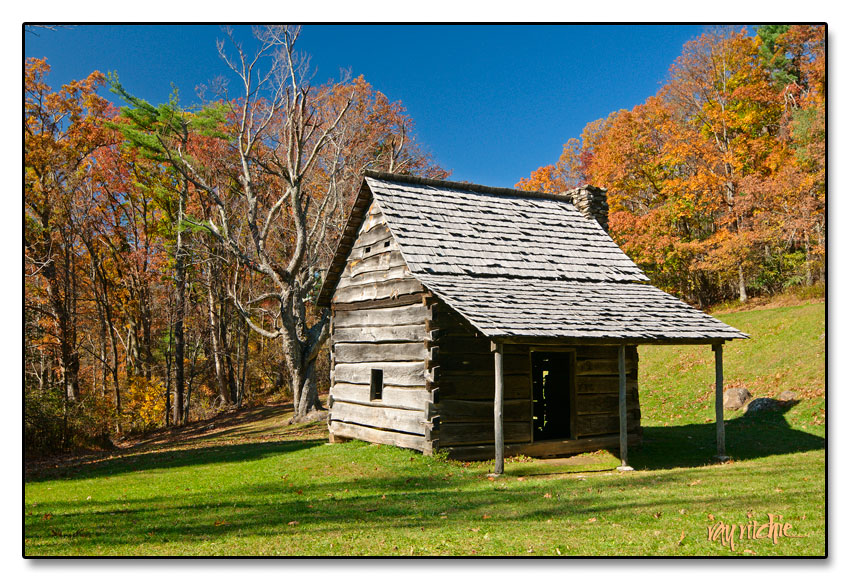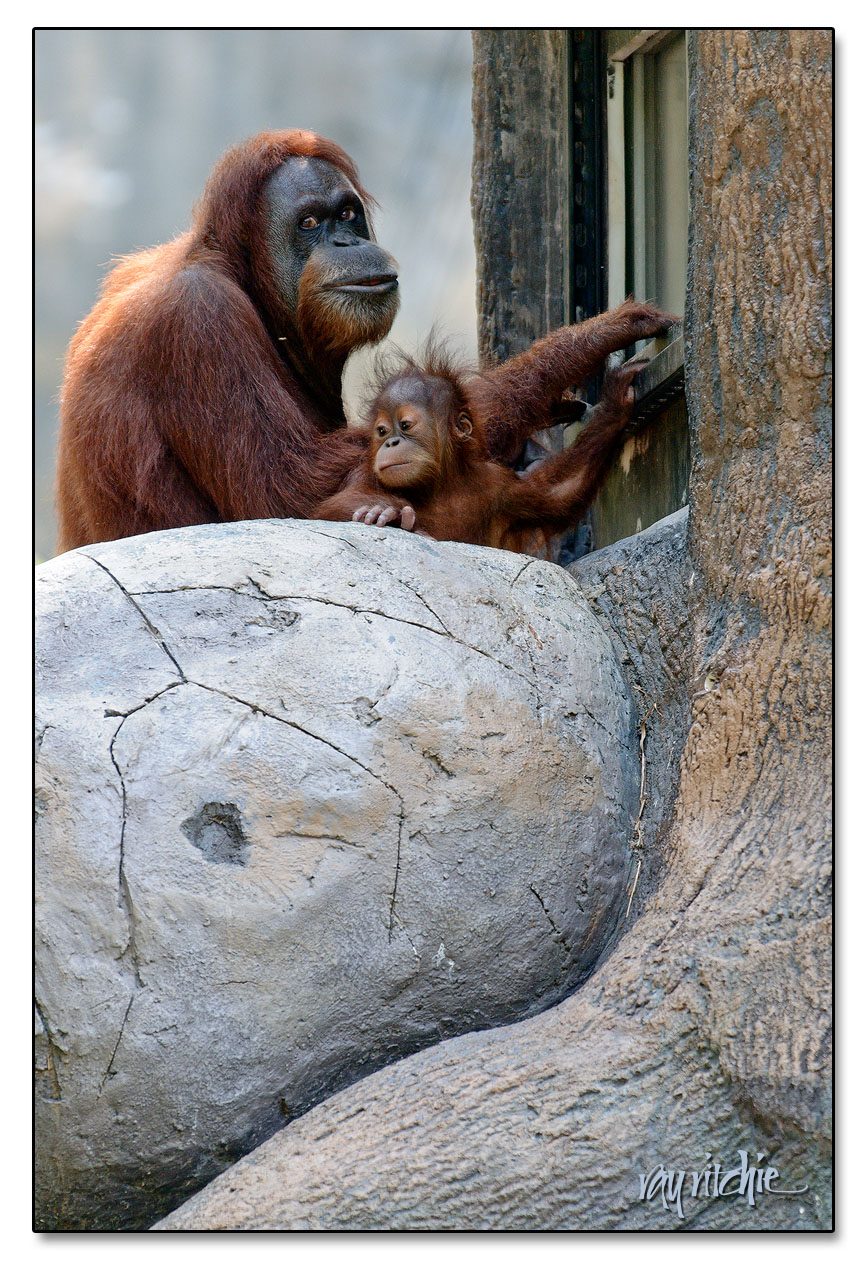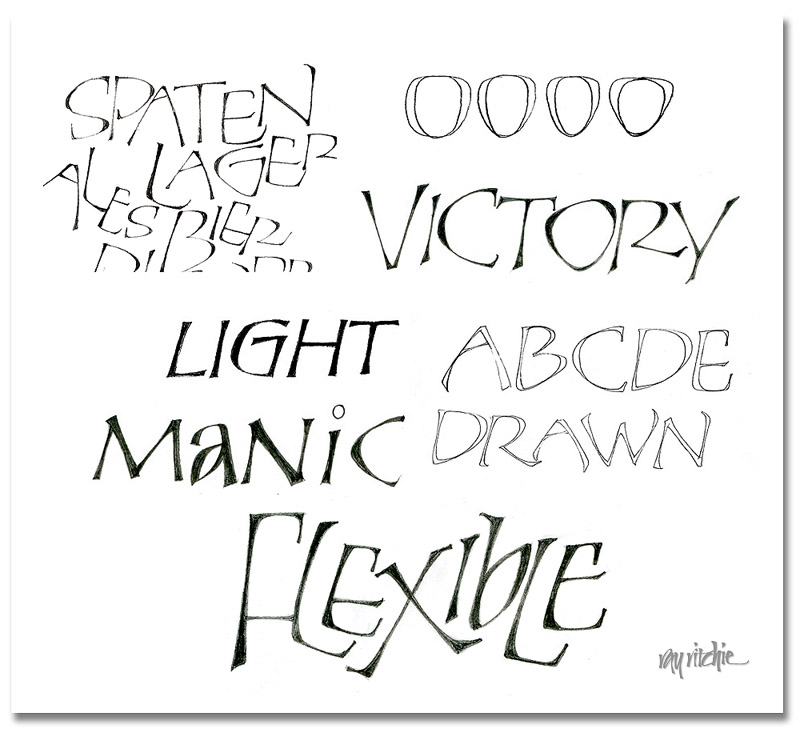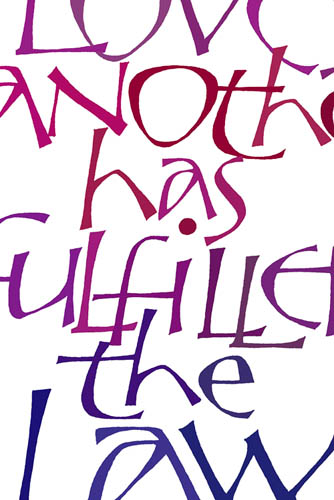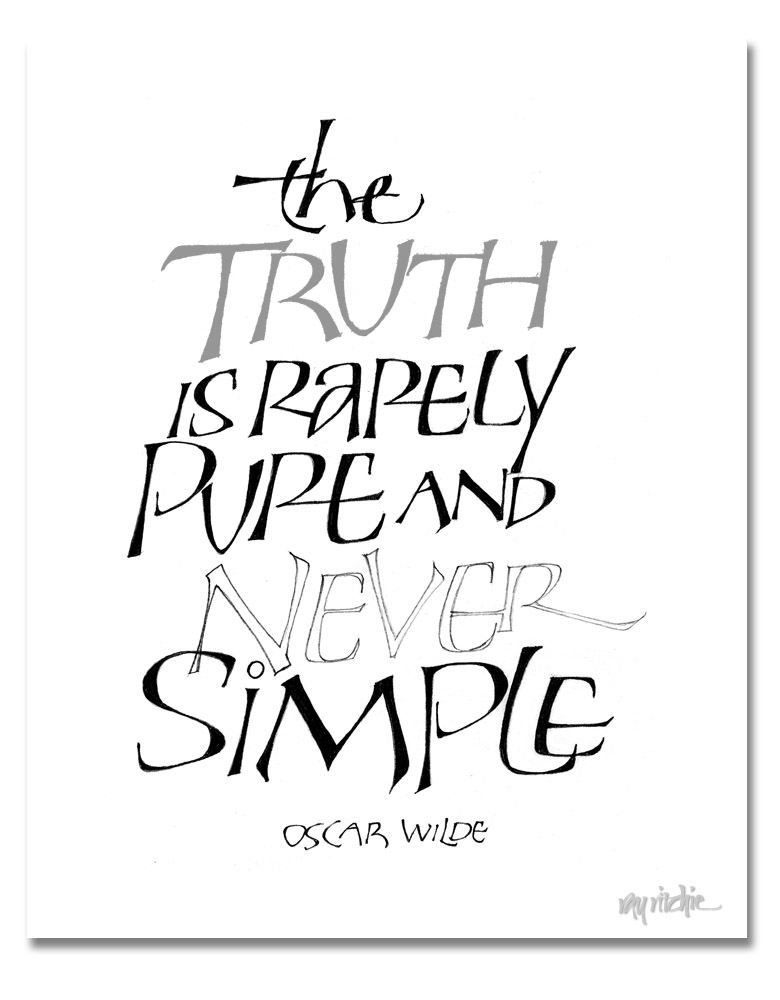I had some trouble getting into the mood for Christmas this year, as with my mother’s death in April, many of the family traditions seem to have started slipping from our grasps. But Anita pushed me, and we did get the decorations out, the tree put up, the stockings and Moravian star hung, and all the holiday dishes put out, so it does actually look something like Christmas here now. We did our Christmas choir program last week, and repeated it for a local retirement home, and on Saturday we went to a holiday concert by the New Jersey Chamber Singers, so it’s starting to feel like Christmas, too. Last night and today I (belatedly) got our Christmas card designed and printed, something I missed doing last year due to Mom’s hospitalization. I like this year’s design, and am anxious to share it, but my tradition is that I don’t reveal the design online until at least a couple of days after the cards are mailed, so in lieu of that, for now I’ll share this photo:
These figures are frequent test subjects for me when I want to experiment with lighting techniques for portraits, as they have some of the dimensionality of a human face, and lots of fine textures that help me check my focus and processing (In the shot above, the lighting was done with a combination of natural window light and off-camera flash through a white umbrella). They’re also usually part of our holiday decoration scheme somewhere in the house; Santa and the snowman are currently sitting in the rocker in the living room.
I’ll be spending the next day or two addressing envelopes and getting the holiday newsletter printed, and then the cards should go in the mail Wednesday and Thursday – hey, the USPS still have almost 10 days to do their part! I’d never get anything done without deadlines.
In the meantime, consider this an early Christmas greeting from my family to yours.

